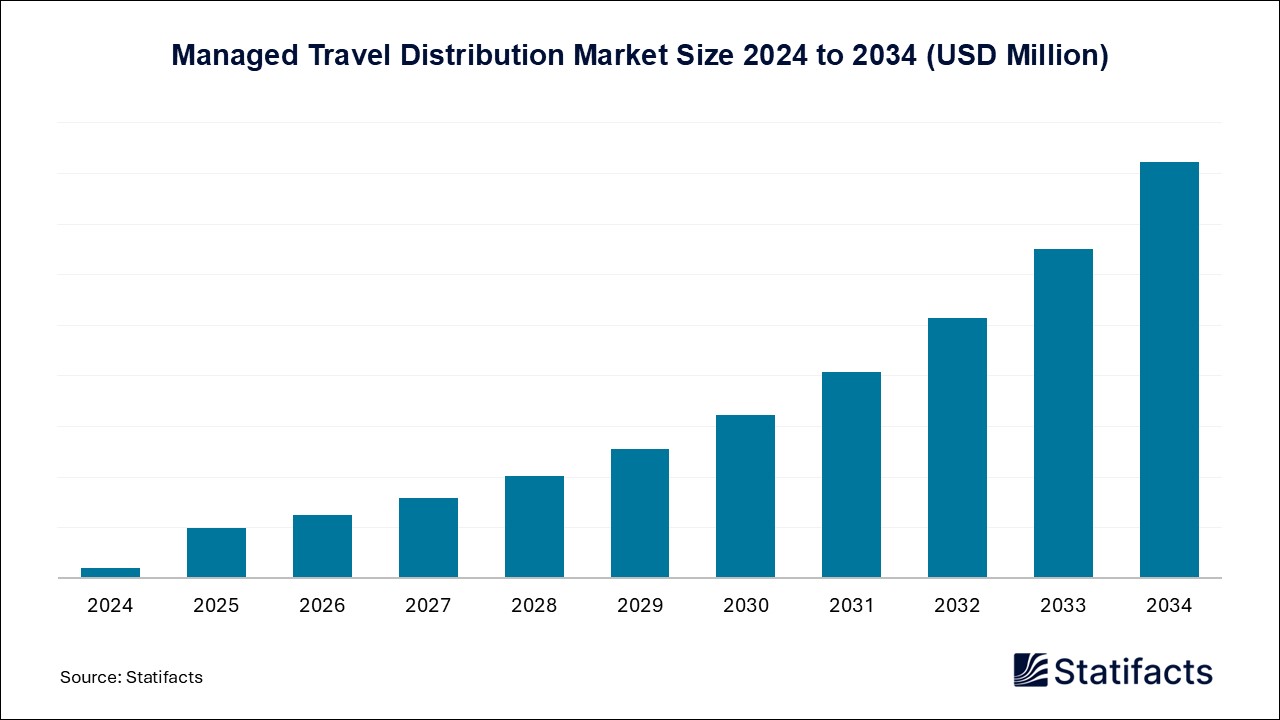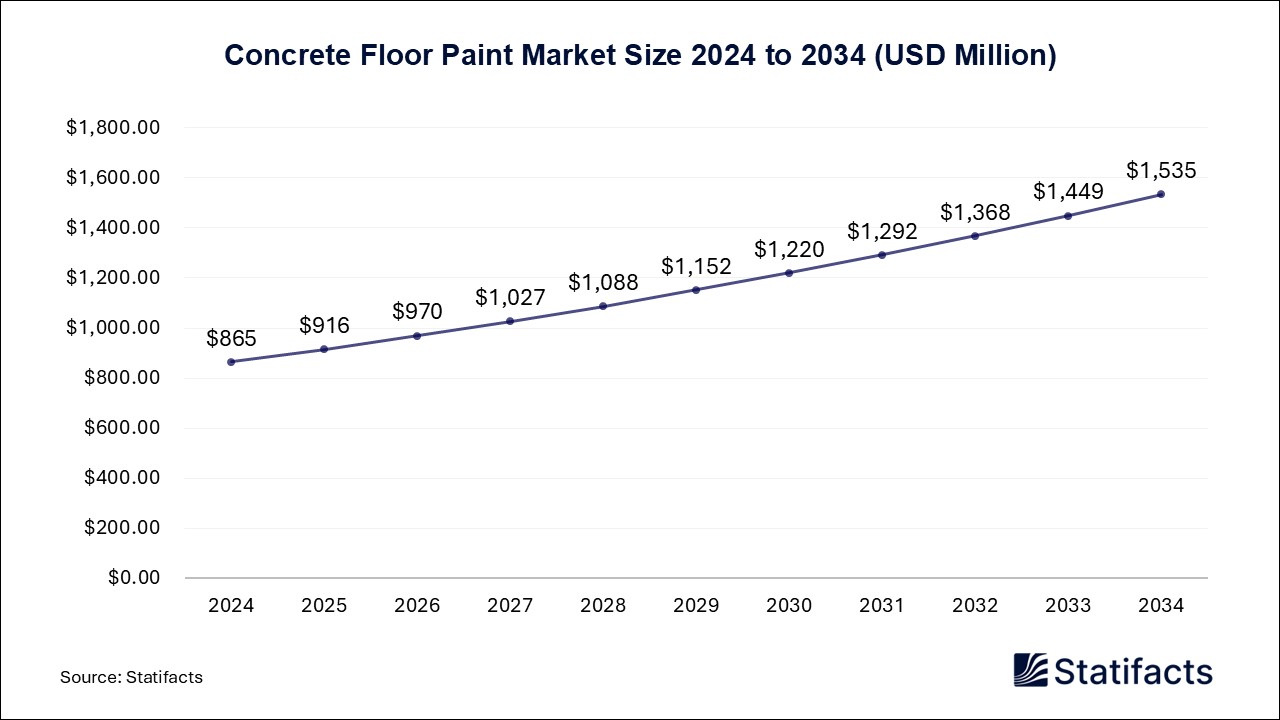
By clicking “Accept All Cookies” you agree to the storing of cookies on your device to enhance site navigation, analyze site usage, and assist in our marketing efforts.
Privacy PolicySpine Biologics Market (By Type: Bone Graft, Bone Graft Substitute, Platelet Rich Plasma (PRP), and BMAC (Bone Marrow Aspirate Concentrate); By Application: Anterior Cervical Discectomy and Fusion, Posterior Lumbar Interbody Fusion, and Others; By Region: North America, Europe, Asia Pacific, Latin America, and Middle East & Africa) Industry Size, Share, Growth, Trends 2025 to 2034
The global spine biologics market was valued at USD 2,522 million in 2024 and is projected to reach USD 3,523.31 million by 2034, growing at a CAGR of 3.4%. The market growth is driven by the rising prevalence of spinal disorders, increasing adoption of biologic solutions for spinal fusion procedures, and advancements in regenerative therapies targeting spine health.
| Reports Attributes | Statistics |
| Market Size in 2024 | USD 2,522 Million |
| Market Size in 2025 | USD 2,607.75 Million |
| Market Size in 2031 | USD 3,187.05 Million |
| Market Size by 2034 | USD 3,523.31 Million |
| CAGR 2025 to 2034 | 3.4% |
| Base Year | 2024 |
| Forecast Period | 2025 to 2034 |
The spine biologics market is gaining momentum due to the rising incidences of spinal disorders like herniated discs, osteoporosis, and degenerative conditions that increase the demand for spinal treatments. For instance, according to the World Health Organization (WHO), in 2024, the burden of spinal disorders remains significant globally, with over 15 million people living with a spinal cord injury (SCI), a number projected to rise with an aging population and increased risk factors. The expansion of biologics can be restrained due to factors like higher treatment costs and regulatory barriers in some regions.
The growing technological advancements in the emerging economies like China, Japan, and India are expected to drive innovations like stem-cell therapies for spinal repair. The biotech and medical device companies are boosting their investment rate, which would drive more growth in the spine biologics market. AI is expected to play a game-changing role in the future, where its significance is now helping in diagnosing spinal disorders at early stages through AI-based imaging tools.
Published by Kesiya Chacko
| Type | 2024 | 2025 | 2026 | 2027 | 2028 | 2029 | 2030 | 2031 | 2032 | 2033 | 2034 |
|---|---|---|---|---|---|---|---|---|---|---|---|
| Bone Graft | 1,109.68 | 1,131.76 | 1,154.06 | 1,176.57 | 1,199.28 | 1,222.17 | 1,245.23 | 1,268.45 | 1,291.80 | 1,315.28 | 1,338.86 |
| Bone Graft Substitute | 1,008.80 | 1,048.31 | 1,089.35 | 1,131.96 | 1,176.22 | 1,222.17 | 1,269.89 | 1,319.44 | 1,370.89 | 1,424.32 | 1,479.79 |
| Platelet Rich Plasma (PRP) | 201.76 | 213.84 | 226.50 | 239.78 | 253.69 | 268.28 | 283.57 | 299.58 | 316.36 | 333.93 | 352.33 |
| BMAC (Bone Marrow Aspirate Concentrate) | 201.76 | 213.84 | 226.50 | 239.78 | 253.69 | 268.28 | 283.56 | 299.58 | 316.36 | 333.92 | 352.33 |
| Application | 2024 | 2025 | 2026 | 2027 | 2028 | 2029 | 2030 | 2031 | 2032 | 2033 | 2034 |
|---|---|---|---|---|---|---|---|---|---|---|---|
| Anterior Cervical Discectomy and Fusion (ACDF) | 882.70 | 915.32 | 949.14 | 984.20 | 1,020.54 | 1,058.22 | 1,097.28 | 1,137.78 | 1,179.76 | 1,223.28 | 1,268.39 |
| Posterior Lumbar Interbody Fusion (PLIF) | 1,311.44 | 1,350.81 | 1,391.35 | 1,433.08 | 1,476.04 | 1,520.26 | 1,565.78 | 1,612.65 | 1,660.89 | 1,710.54 | 1,761.65 |
| Others | 327.86 | 341.62 | 355.92 | 370.81 | 386.30 | 402.42 | 419.19 | 436.62 | 454.76 | 473.63 | 493.27 |
| Region | 2024 | 2025 | 2026 | 2027 | 2028 | 2029 | 2030 | 2031 | 2032 | 2033 | 2034 |
|---|---|---|---|---|---|---|---|---|---|---|---|
| North America | 958.36 | 985.73 | 1,013.85 | 1,042.75 | 1,072.43 | 1,102.93 | 1,134.27 | 1,166.46 | 1,199.53 | 1,233.50 | 1,268.39 |
| Asia Pacific | 706.16 | 740.60 | 776.57 | 814.12 | 853.33 | 894.27 | 937 | 981.61 | 1,028.17 | 1,076.76 | 1,127.46 |
| Europe | 680.94 | 694.96 | 709.16 | 723.51 | 738.02 | 752.68 | 767.48 | 782.42 | 797.49 | 812.68 | 827.98 |
| LAMEA | 176.54 | 186.46 | 196.83 | 207.71 | 219.10 | 231.02 | 243.50 | 256.56 | 270.22 | 284.51 | 299.48 |
| Subsegment | 2024 | 2025 | 2026 | 2027 | 2028 | 2029 | 2030 | 2031 | 2032 | 2033 | 2034 |
|---|---|---|---|---|---|---|---|---|---|---|---|
| Bone Graft | 1,109.68 | 1,131.76 | 1,154.06 | 1,176.57 | 1,199.28 | 1,222.17 | 1,245.23 | 1,268.45 | 1,291.80 | 1,315.28 | 1,338.86 |
| Bone Graft Substitute | 1,008.80 | 1,048.31 | 1,089.35 | 1,131.96 | 1,176.22 | 1,222.17 | 1,269.89 | 1,319.44 | 1,370.89 | 1,424.32 | 1,479.79 |
| Platelet Rich Plasma (PRP) | 201.76 | 213.84 | 226.50 | 239.78 | 253.69 | 268.28 | 283.57 | 299.58 | 316.36 | 333.93 | 352.33 |
| BMAC (Bone Marrow Aspirate Concentrate) | 201.76 | 213.84 | 226.50 | 239.78 | 253.69 | 268.28 | 283.56 | 299.58 | 316.36 | 333.92 | 352.33 |
| Subsegment | 2024 | 2025 | 2026 | 2027 | 2028 | 2029 | 2030 | 2031 | 2032 | 2033 | 2034 |
|---|---|---|---|---|---|---|---|---|---|---|---|
| Anterior Cervical Discectomy and Fusion (ACDF) | 882.70 | 915.32 | 949.14 | 984.20 | 1,020.54 | 1,058.22 | 1,097.28 | 1,137.78 | 1,179.76 | 1,223.28 | 1,268.39 |
| Posterior Lumbar Interbody Fusion (PLIF) | 1,311.44 | 1,350.81 | 1,391.35 | 1,433.08 | 1,476.04 | 1,520.26 | 1,565.78 | 1,612.65 | 1,660.89 | 1,710.54 | 1,761.65 |
| Others | 327.86 | 341.62 | 355.92 | 370.81 | 386.30 | 402.42 | 419.19 | 436.62 | 454.76 | 473.63 | 493.27 |
| Subsegment | 2024 | 2025 | 2026 | 2027 | 2028 | 2029 | 2030 | 2031 | 2032 | 2033 | 2034 |
|---|---|---|---|---|---|---|---|---|---|---|---|
| North America | 958.36 | 985.73 | 1,013.85 | 1,042.75 | 1,072.43 | 1,102.93 | 1,134.27 | 1,166.46 | 1,199.53 | 1,233.50 | 1,268.39 |
| Asia Pacific | 706.16 | 740.60 | 776.57 | 814.12 | 853.33 | 894.27 | 937 | 981.61 | 1,028.17 | 1,076.76 | 1,127.46 |
| Europe | 680.94 | 694.96 | 709.16 | 723.51 | 738.02 | 752.68 | 767.48 | 782.42 | 797.49 | 812.68 | 827.98 |
| LAMEA | 176.54 | 186.46 | 196.83 | 207.71 | 219.10 | 231.02 | 243.50 | 256.56 | 270.22 | 284.51 | 299.48 |
To get full access to our Market Insights, you need a Professional Account or a Business Suite.

You will receive an email from our Business Development Manager. Please be sure to check your SPAM/JUNK folder too.

You will receive an email from our Business Development Manager. Please be sure to check your SPAM/JUNK folder too.

Our customers work more efficiently and benefit from



